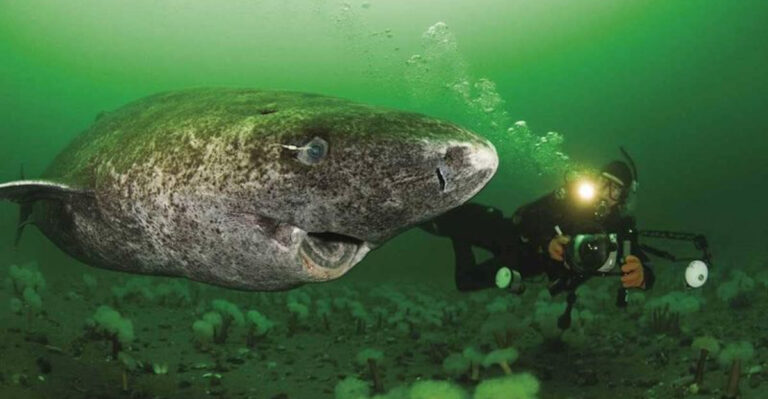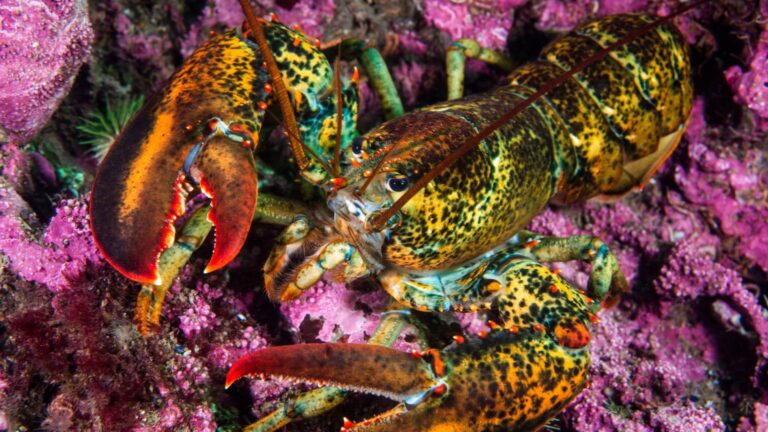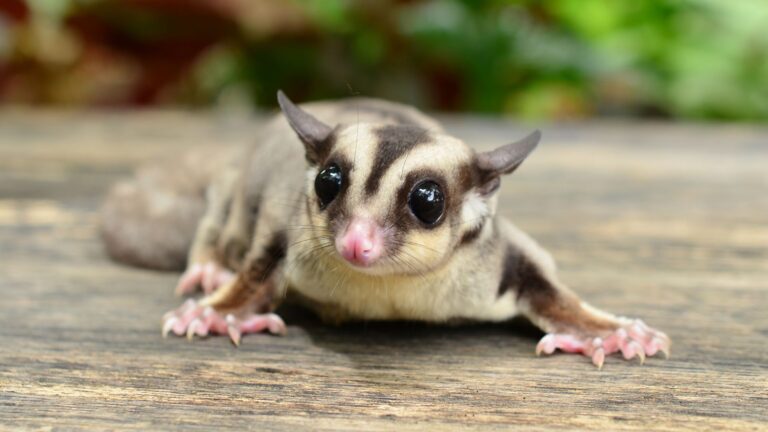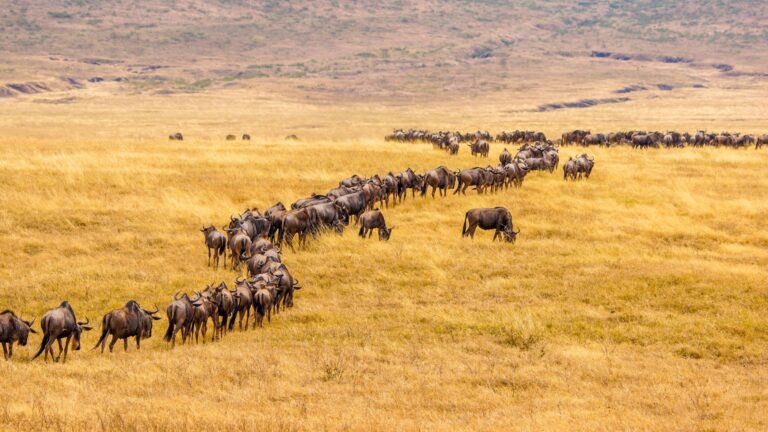Dive Into 17 Fascinating Sea Turtle Facts
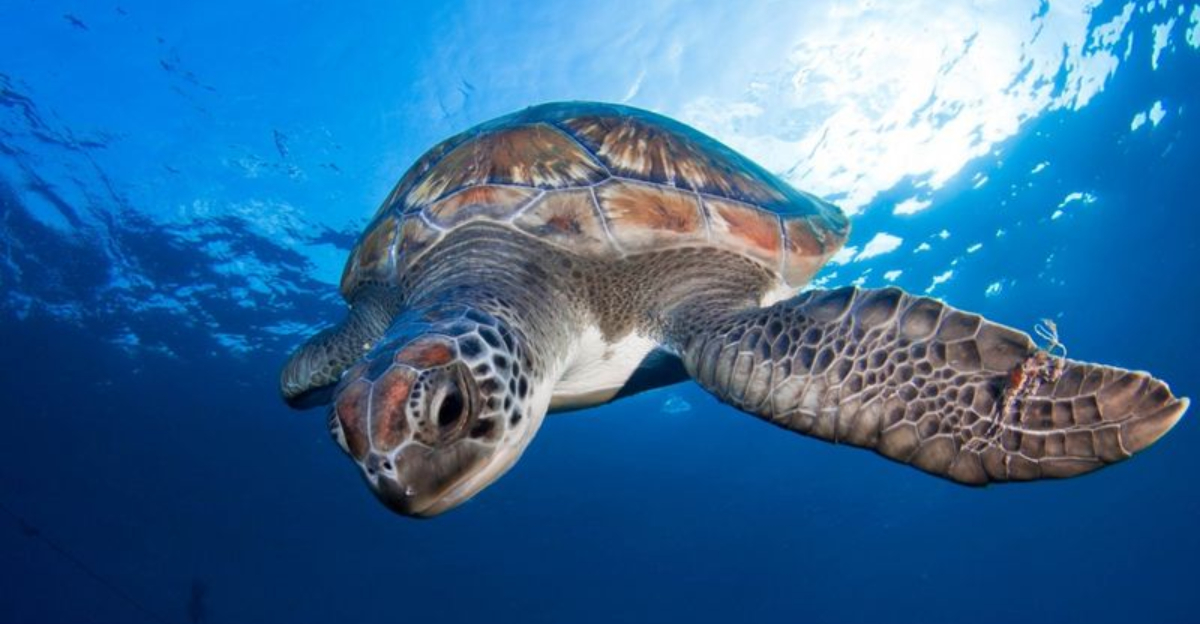
Sea turtles, the ocean’s time travelers, have captured human hearts for generations.
Their graceful presence, epic migrations, and deep-rooted cultural meaning make them true marine marvels. Learn more about these amazing animals!
1. The Shell’s Secret Colors
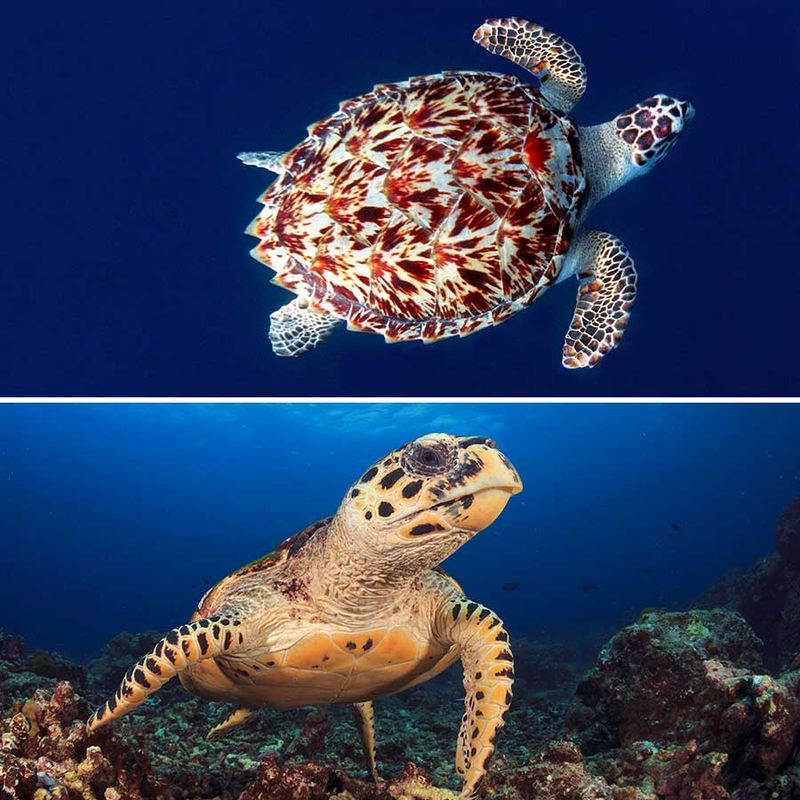
Sea turtle shells are more than just protective armor—they’re a canvas of hidden colors.
Under normal light, their shells appear in various natural tones, but when exposed to ultraviolet light, astonishing patterns and colors emerge.
This hidden spectrum might serve as a means of identification or communication among turtles, as some scientists suggest.
2. Unique Feeding Habits
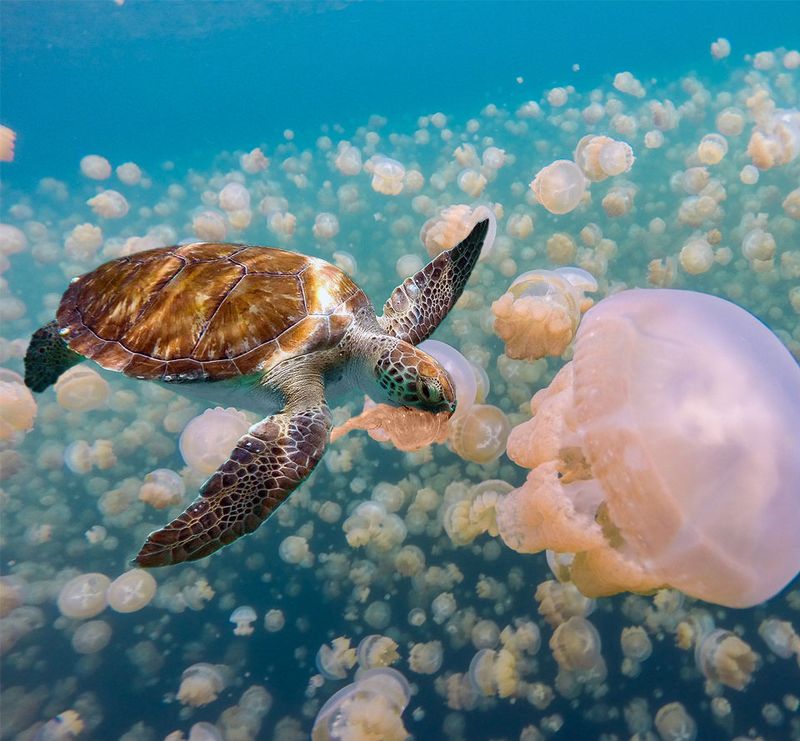
Sea turtles have varied tastes, with each species dining on different ocean delicacies.
Green turtles love their greens—seagrass and algae—while leatherbacks prefer jellyfish, acting as natural population control for these gelatinous drifters.
These unique diets aren’t just quirks—they’re key to keeping marine ecosystems balanced and thriving.
Knowing what each species eats helps guide conservation efforts, from protecting seagrass beds to safeguarding jellyfish-rich waters.
When we protect their favorite meals, we’re also protecting the turtles themselves.
3. Remarkable Longevity
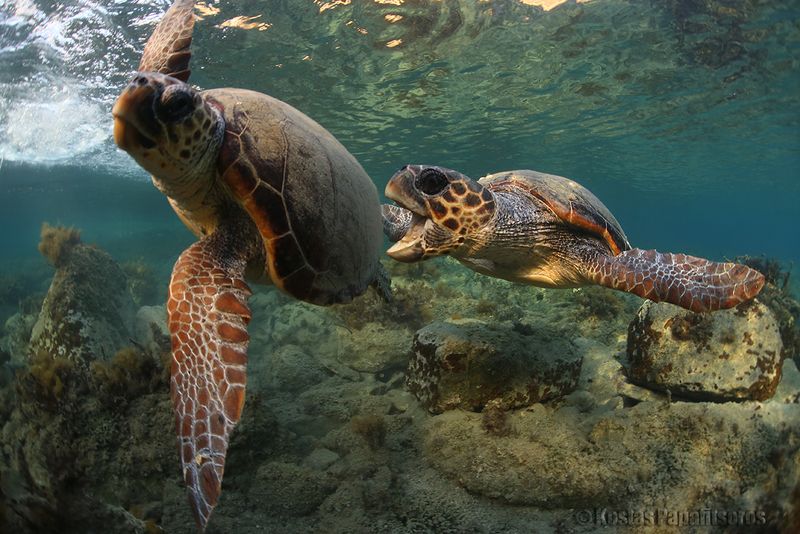
Sea turtles are true ocean elders, with some living more than 100 years! Their slow and steady growth means it takes decades to reach adulthood, but once they do, they can reproduce many times over.
Unfortunately, the journey to get there is tough—most hatchlings face a gauntlet of predators and environmental dangers.
Those that survive become key players in their ecosystems, shaping the ocean over a lifetime of experiences.
By protecting sea turtles, we’re helping preserve the wisdom and balance of the marine world for years to come.
4. Ancient Existence
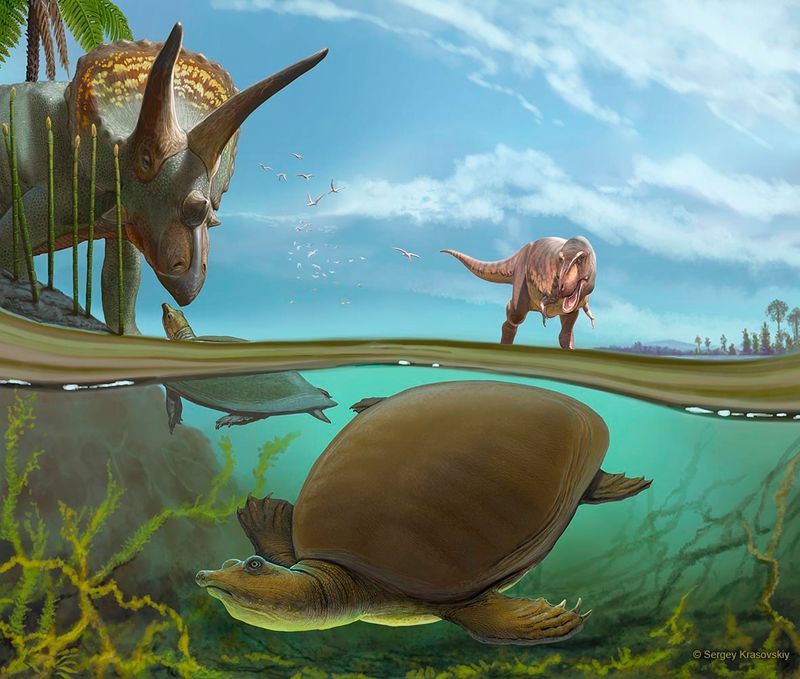
Sea turtles have been swimming Earth’s oceans since the age of dinosaurs—over 100 million years ago!
As one of the oldest reptile groups still around, they’ve outlasted mass extinctions and major shifts in the planet’s climate.
Their ability to adapt and survive speaks volumes about their resilience and evolutionary smarts. Fossils give us a glimpse into their ancient past, showing just how far these incredible creatures have come.
With such a rich history, sea turtles are living links to our planet’s prehistoric oceans and a vital part of today’s marine world.
5. Diverse Species
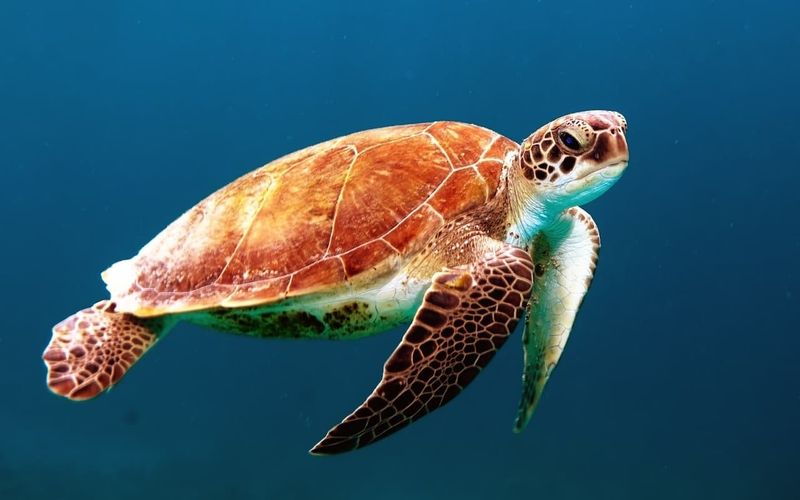
Sea turtles come in seven unique species, each with their own quirks and superpowers.
From the giant leatherback with its soft, rubbery shell to the strikingly beautiful hawksbill with its patterned armor, every turtle has a role to play.
Some help keep seagrass beds thriving, while others keep jellyfish numbers in check. These differences aren’t just fascinating—they’re key to helping scientists protect them.
Knowing what makes each species special helps us better understand how to keep them safe in a changing world.
6. Critical Nesting Habits
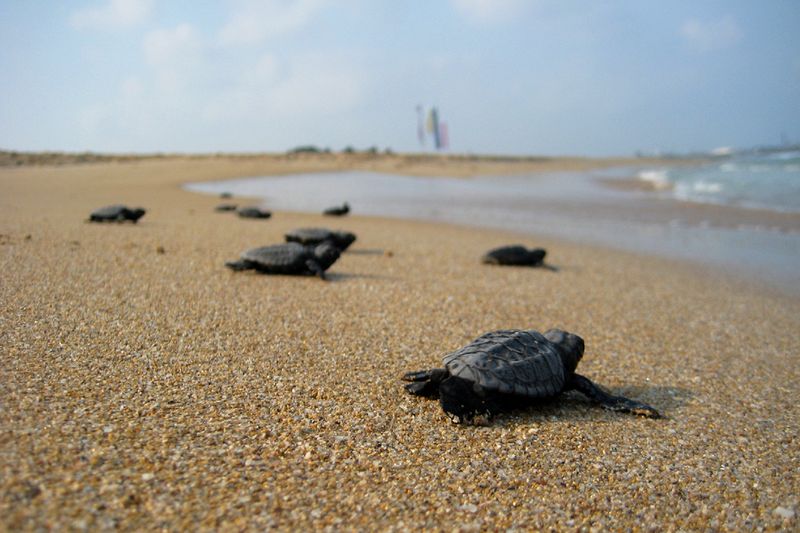
Nesting is a magical and vital part of a sea turtle’s life, with females making an epic return to the very beach where they were born—a feat called natal homing.
Under the cover of night, they haul their heavy bodies ashore, dig a nest, and lay dozens of eggs, all while facing the risks of predators and exhaustion.
After the eggs are safely buried, the mother slips back into the sea, leaving the tiny hatchlings to survive on their own.
These little turtles face steep odds, making the protection of nesting beaches more important than ever. Safeguarding these sites helps ensure the next generation gets a fighting chance.
7. Incredible Diving Skills
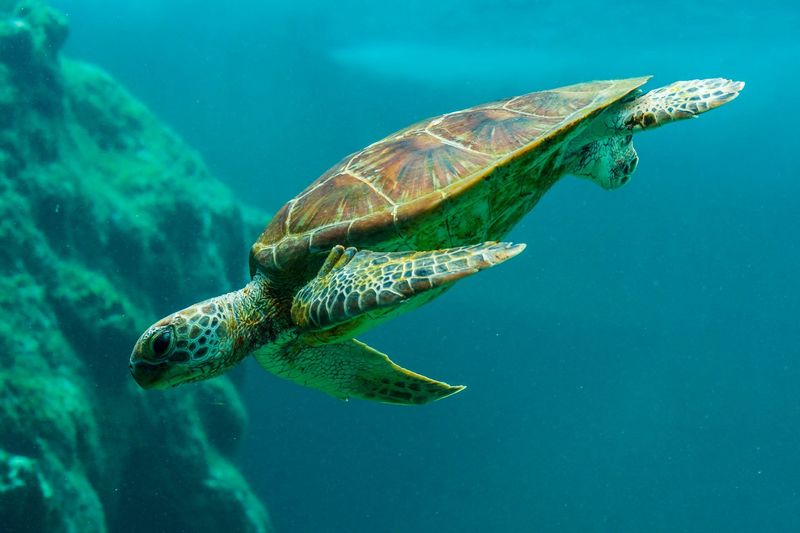
Sea turtles are deep-sea champions, with some species capable of diving thousands of feet below the surface.
The leatherback turtle takes the gold, plunging over 4,000 feet deep on a single breath—now that’s impressive!
Their diving talents help them find food, dodge predators, and explore different parts of the ocean.
With built-in abilities to slow their heart rate and control buoyancy, they’re perfectly built for life beneath the waves.
8. Hatchling Survival
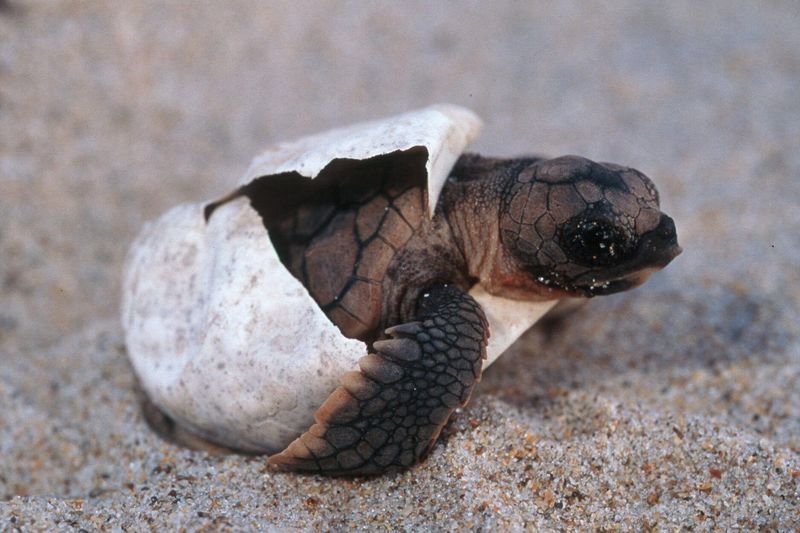
The journey from nest to ocean is a race for survival, with sea turtle hatchlings guided by the glow of moonlight.
Along the way, they face threats from predators and human-made obstacles, making this stage one of the most dangerous in their lives.
Only a tiny fraction make it to adulthood, but those that do are vital to the species’ future. Simple actions like dimming beachfront lights and clearing paths can make a huge difference for these tiny travelers.
9. Critical Conservation Status
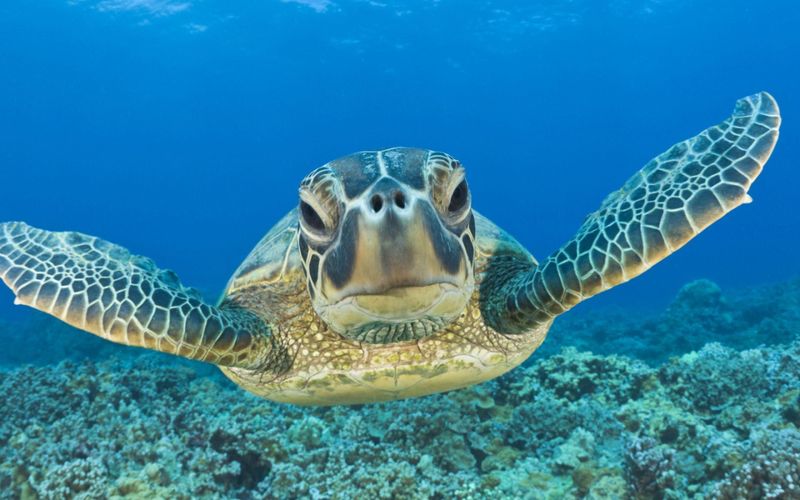
Sea turtles face an uphill battle, with many species endangered or threatened by human activities like habitat loss, poaching, climate change, and plastic pollution.
From tangled nets to disappearing nesting beaches, these ancient mariners need our help more than ever.
Thankfully, global conservation efforts—from protected ocean zones to crackdowns on illegal trade—are making a difference.
Public awareness is also a powerful tool, helping people everywhere understand how to protect these gentle giants.
10. Cultural Significance
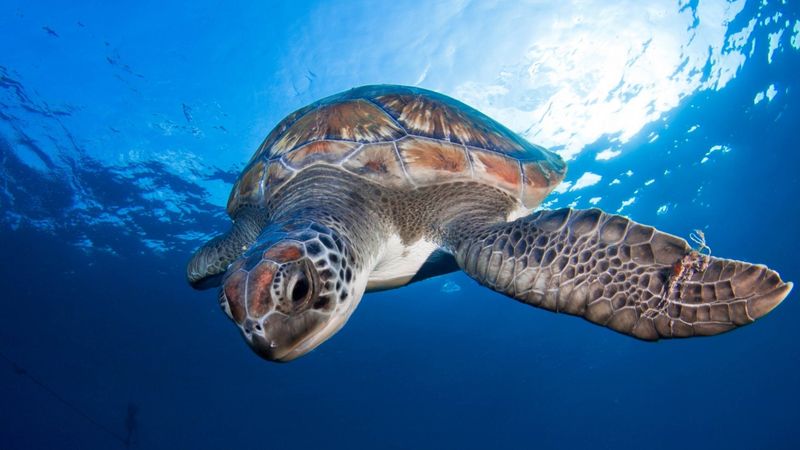
Sea turtles aren’t just ocean dwellers—they’re symbols of wisdom, endurance, and harmony across countless cultures.
From Pacific Island myths to Native American legends, they’re often seen as protectors of the sea and sacred links between land and water.
Their presence in folklore and art reflects a deep human connection to the natural world.
Protecting sea turtles means preserving more than just a species—it’s about honoring the cultural stories and values they carry. By safeguarding them, we keep these powerful traditions alive for generations to come.
11. Threats From Plastic Pollution
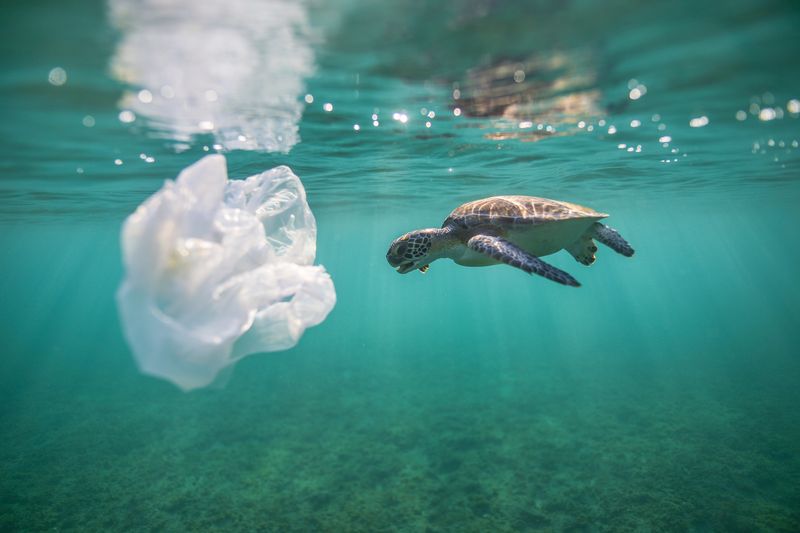
Plastic pollution is a major danger to sea turtles, who often mistake floating debris for food or get tangled in discarded waste.
Ingesting plastic can block their digestive systems and leave them malnourished, while entanglement in things like fishing nets can lead to injury or drowning.
This kind of pollution disrupts their natural behavior and threatens their survival. Thankfully, simple actions like reducing plastic use and supporting ocean clean-ups can make a real difference.
12. Role In Ecosystems
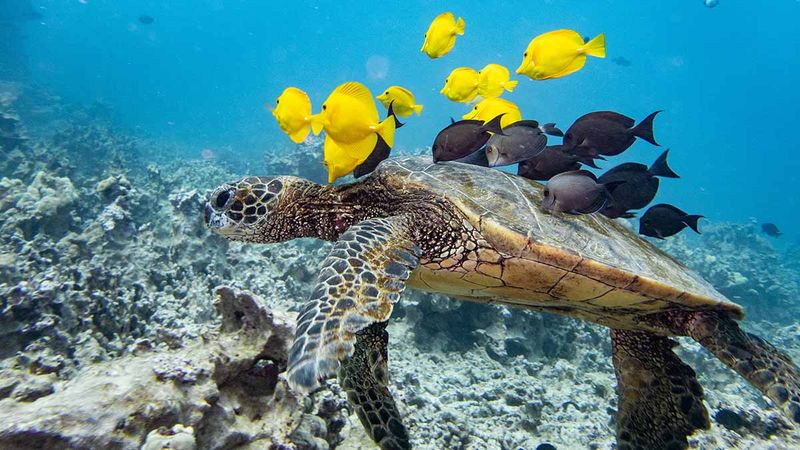
Sea turtles are true ocean caretakers, helping to keep marine ecosystems healthy and thriving. Green turtles mow down seagrass like underwater lawnmowers, encouraging fresh, oxygen-rich growth.
Around coral reefs, their activity supports nutrient flow and creates space for other sea life to flourish. Their quiet contributions have a big impact, showing just how vital they are to ocean balance.
Protecting sea turtles means protecting the countless marine species that rely on the habitats they help sustain.
13. Predator Challenges
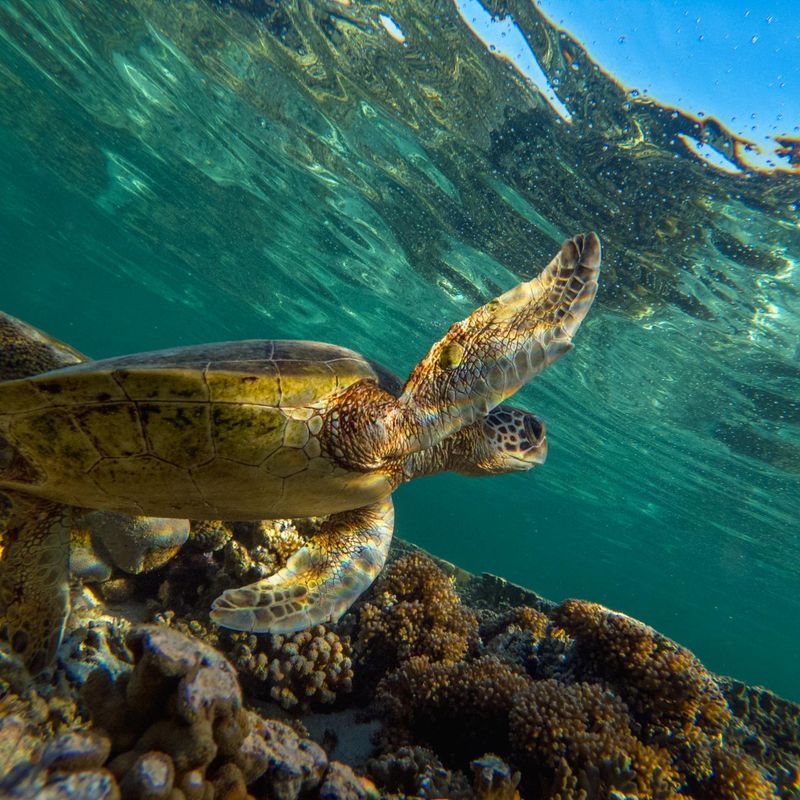
From the moment they break free from their shells, sea turtle hatchlings face a gauntlet of hungry predators—birds, crabs, and fish all lie in wait.
Even in the open ocean, sharks and other large marine animals pose a threat to young and adult turtles alike. Luckily, their tough shells and quick swimming give them a fighting chance.
Conservation efforts like protecting nesting beaches and managing predators are key to boosting hatchling survival. With a little help, more of these tiny survivors can grow up and keep the sea turtle legacy alive.
14. Magnetic Navigation
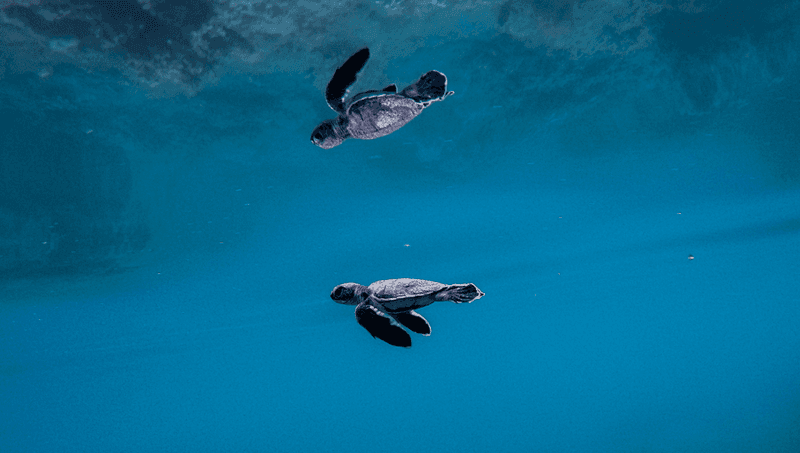
Sea turtles are natural-born navigators, using the Earth’s magnetic fields like an internal GPS to travel incredible distances.
They’re thought to “imprint” on the magnetic signature of their birthplace, allowing them to return years later to lay their eggs in the same spot.
This magnetic magic is key to their survival and success as a species. By studying how turtles navigate, scientists can better track their movements and protect the places they rely on most.
These ancient mariners show us just how amazing nature’s guidance systems can be.
15. Impact Of Climate Change
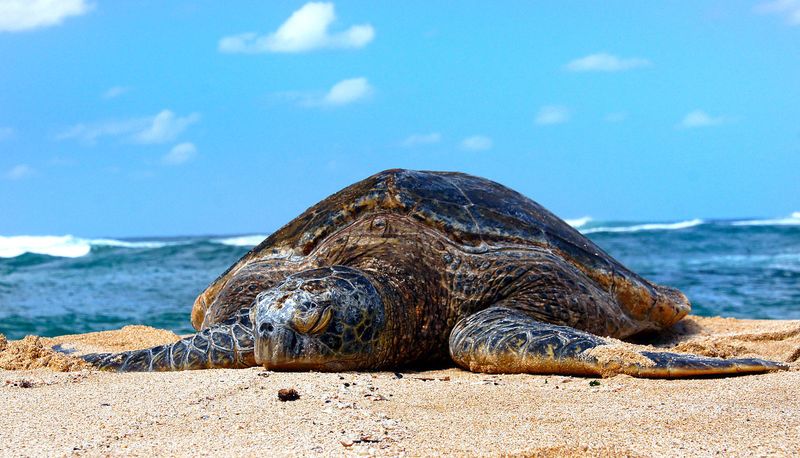
Climate change is a growing danger for sea turtles, disrupting their nesting grounds and life cycle in big ways.
Eroding beaches and stronger storms shrink the spaces where they lay their eggs, while rising sand temperatures lead to more female hatchlings and fewer males—a tricky imbalance for future generations.
These shifts put the species at serious risk. Protecting nesting sites and tackling climate change head-on are crucial steps in giving sea turtles a fighting chance.
16. Long Journeys
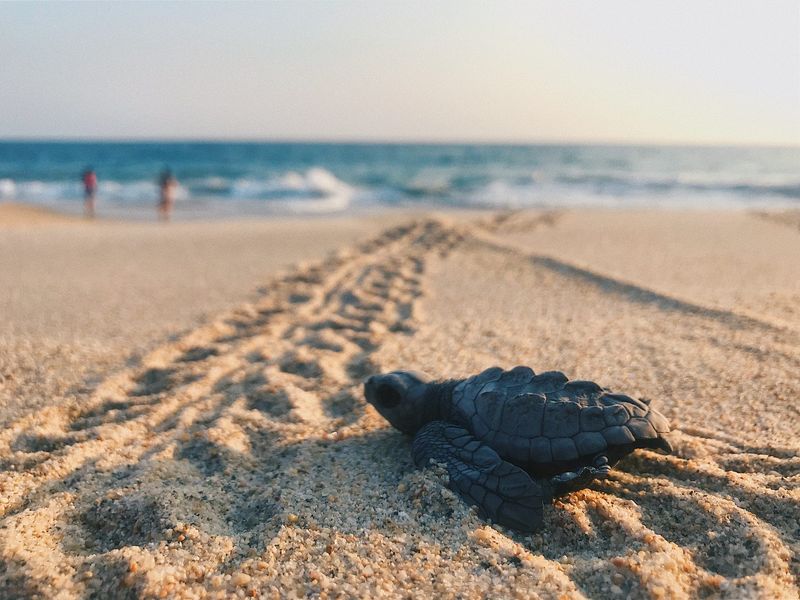
Sea turtles are the ocean’s ultimate globetrotters, embarking on epic journeys that can stretch thousands of miles.
With a built-in GPS powered by Earth’s magnetic fields, they navigate with jaw-dropping accuracy to reach their nesting beaches.
Loggerhead turtles, for instance, clock in over 7,500 miles throughout their lifetime—talk about dedication!
These long treks are essential, connecting feeding spots to far-off nesting grounds and keeping the cycle of life in motion. Their travels are a powerful reminder of just how interconnected our oceans really are.
17. Sea Turtle Symphonies
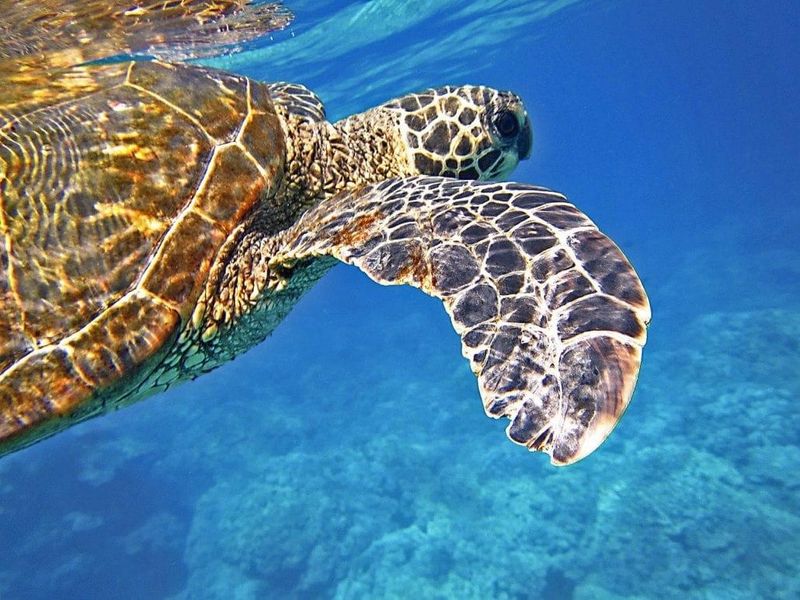
Did you know that sea turtles might have a musical side?
Though they don’t sing like birds, some researchers believe that the vibrations they produce while swimming could be a form of underwater communication.
Imagine a world where sea turtles create symphonies as they glide through the ocean!
Their movements create subtle vibrations in the water, crafting a melody that might be a language of its own.
This possibility opens up an exciting field of study for marine biologists exploring animal communication. Perhaps one day, we’ll decode the aquatic tunes of these majestic creatures.


